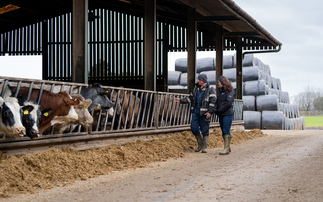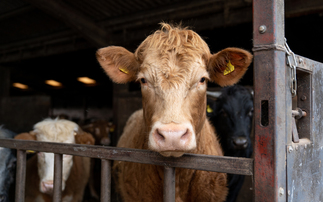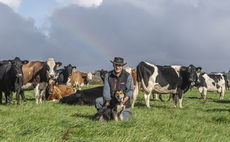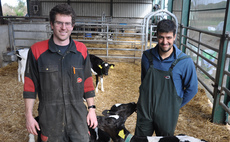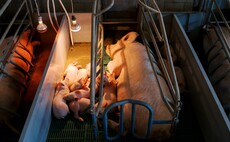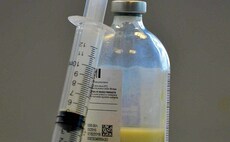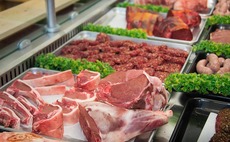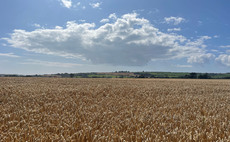
What's the problem?
The impact of gastrointestinal parasites on lamb production represents a huge cost to the UK and Irish sheep industries. Financial losses from lamb deaths, delayed finishing times, and increased costs from labour and medicines contribute to both the personal and commercial pressures facing sheep farmers.
Clinical disease caused by gastrointestinal worms can occur suddenly. In groups of lambs, a significant proportion may be affected and deaths may occur. However, the sub-clinical effects of worm challenge on flocks, while less noticeable, may be widespread and cause significant production loss through reduced growth rates and difficulties in lambs reaching slaughter weight.
The clinical signs of a high worm burden in lambs will vary depending on the predominant worm species, but typically include reduced appetite, reduced utilisation of nutrients and a reduction in daily liveweight gain. Different worm species are also recognised to initiate a disease challenge during specific periods of the year, although climate change and farming practices may be contributing to a shift in these established patterns.
��
Worm species
Teladorsagia circumcincta, the brown stomach worm, causes damage to the lining of the abomasum. Grazing lambs may face a sudden high pasture challenge from mid - summer onwards. Heavy infection results in inappetence, diarrhoea, dehydration, weight loss and death.
Trichostrongylus colubriformis��and��Trichostrongylus vitrinus, the black scour worms, live in the small intestine and typically produce disease later in the year among store lambs and ewe lamb replacements. Mixed infections with other species are common, with worm damage causing dark, watery diarrhoea, weight loss, dehydration, loss of appetite and potentially death.
Haemonchus contortus, the barber's pole worm, inhabits the abomasum. The juvenile and adult stages are blood feeders, which results in tissue damage and blood loss. Both adult sheep and lambs can be affected by haemonchosis with cases often seen in the mid to late summer period. Where worm numbers are low, infection may manifest as illthrift, anaemia and submandibular oedema - ‘bottle jaw', but it does not cause diarrhoea. In sheep with a heavier worm
��
Resistance��
In addition to the impact of worm burdens on flock performance, widespread resistance to commonly-used anthelmintics means that it is becoming more difficult to control worms on some sheep farms. More sustainable approaches to parasite control are therefore required within the sheep industry.
Round Worms Fact Sheet
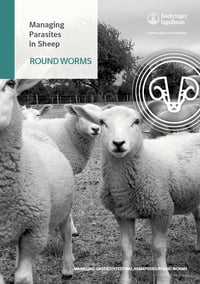
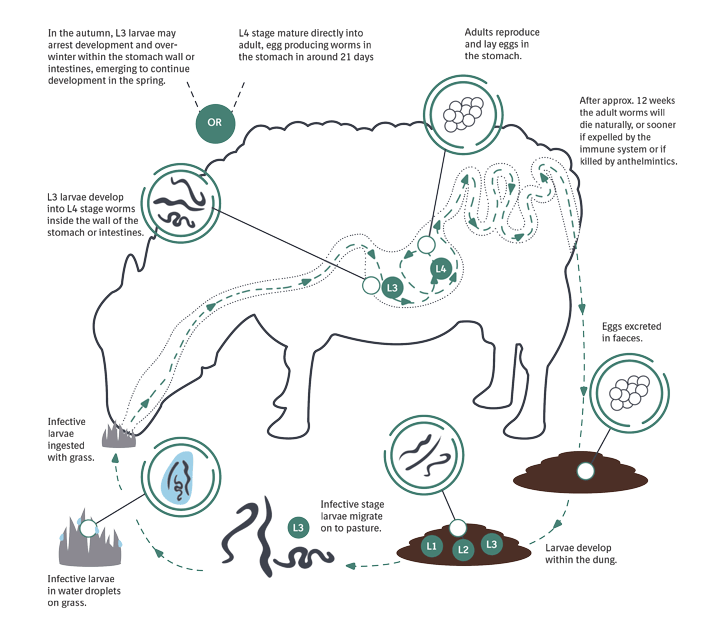
Life Cycle of gastrointestinal
nematode species
Gastrointestinal nematode species including��Teladorsagia circumcincta, Trichostrongylus colubriformis, Trichostrongylus vitrinus,��and��Haemonchus contortus,��have a direct lifecycle. Female adult worms lays eggs within the sheep, these eggs are shed in the faeces onto the pasture where they mature into an infective stage that is ingested by the sheep.
Eggs shed onto the pasture require a warm and moist environment to hatch into larvae. Hatched larvae undergo a series of moults to reach the infective L3 stage. The L3 larvae migrate up from the soil surface to the tips of the grass in water droplets and are ingested by sheep. The process from egg to L3 larvae can take between two to twelve weeks depending on environmental conditions.
Once ingested by the sheep the L3 larvae continue their development within the gastrointestinal tract, moulting into L4 larvae, before developing into adult worms. This pre-patent period, the time it takes ingested eggs to develop into egg-laying adult worms, lasts approximately 16 to 21 days. Worm eggs pass through the sheep's intestine and are shed in the faeces.
After approximately 12 weeks the adult worms will naturally die off, if they are not expelled sooner by the sheep's immune response or if an anthelmintic treatment is used.
During the autumn and winter, ingested L3 larvae of some worm species have the ability
to halt their development within the sheep gut. These inhibited L3 larvae will emerge in spring to continue their development into adult worms.
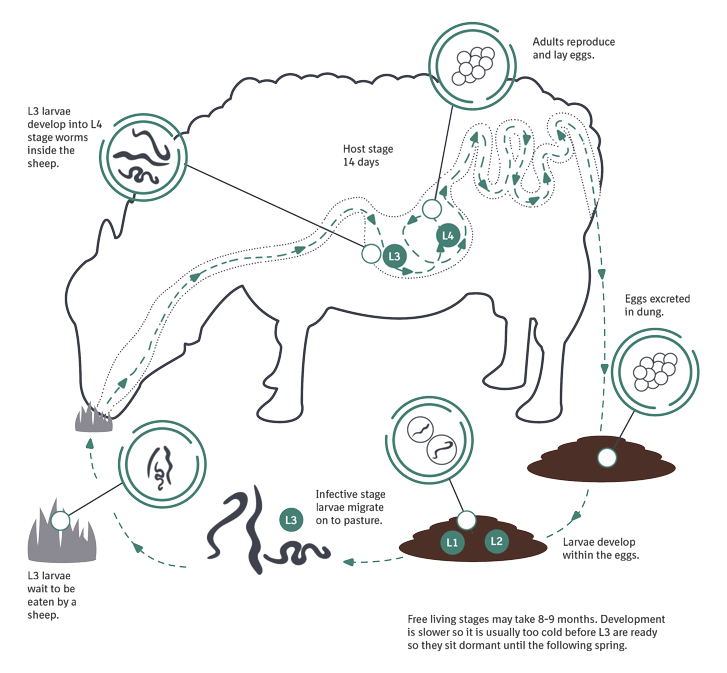
Life Cycle of��Nematodirus battus
Nematodirus battus��has a different lifecycle to other gastrointestinal nematodes, with infection passed from one year's lamb crop to the next due to the��Nematodirus��eggs' ability to persist on pasture.
Eggs laid by adult��Nematodirus��worms are shed onto the pasture in faeces. Larvae develop to the infective L3 stage within the egg. These larvated eggs can survive on pasture for up to two years. Hatching is initiated by a period of cold weather followed by an increase of the average day/night temperature above 10°C.
A sudden mass hatching can produce high numbers of infective larvae on the grass. When this occurs on fields containing naive grazing lambs, typically those around 6 - 12 weeks of age, severe outbreaks of��nematodirosis��can occur. Clinical disease primarily results from damage caused to
the gut by the developing larval stages, rather than the adult worms. Outbreaks of nematodirosis are less likely when the egg hatch is more gradual, but sub-clinical infection may affect growth rates. Lambs rapidly develop immunity following exposure.
Controlling worms in sheep
Anthelmintic resistance poses a real threat to the sheep industry. A change in the way we approach parasite control is critical to help ensure the long-term sustainability of the sector. Ultimately, the aim of a parasite control plan is to preserve the health and productivity of stock without unnecessary use of, or over-reliance on anthelmintics. This requires a holistic approach.
A parasite control plan, developed with your vet or animal health advisor should:
- Assess the parasite risks on your farm, e.g. the worm species present; the resistance status of the worm population on the farm; the susceptibility of different management/age groups; and the relative risk of different fields on the farm based on the grazing history.
- Determine how the risk will be monitored during the grazing season, e.g. parasite forecasts, faecal egg counting (FEC), growth rate monitoring, and treatment efficacy testing.
- Implement measures that reduce these
risks e.g. grazing management strategies, biosecurity/quarantine plan, targeted or strategic use of wormers, and the correct administration of treatments.
Control strategies
Adult ewes develop immunity to worms. This means that they carry lower worm burdens, shed fewer eggs and that only a small percentage of ingested L3 larvae develop into adults. Consequently, routine worming of healthy adult ewes, for example at tupping,
is not necessary and can lead to anthelmintic resistance.
Typically, treatment should be restricted
to those at high risk of infection such as young, thin or scouring animals. Farms where Haemonchus contortus is present are the exception to this. Here, a combination of monitoring and preventative treatment should be implemented to manage the significant threat this worm can pose to adult ewes.
Ewes experience a drop in immunity around lambing, known as the periparturient relaxation of immunity (PPRI), this can lead to an increased worm burden and result in the shedding of high numbers of eggs. Treatment of ewes at turnout will clear these worm burdens, reduce pasture contamination and reduce
the risk this poses to grazing lambs later in
the season. The timing of treatment and the choice of wormer used can influence both selection pressure for anthelmintic resistance and the effectiveness of the worm control strategy. Leaving a proportion of the fittest ewes untreated can help reduce selection
for anthelmintic resistance. Discuss the best approach with your vet or animal health advisor.
In lambs, the aim of worm control is to prevent heavy worm burdens that lead to gastrointestinal damage, productivity checks and clinical disease.
The risk of nematodirosis should be determined using farm history and parasite forecasts such as those provided by SCOPS in the UK and DAFM in Ireland, which use climatic data to assess the risk of a mass hatch. Where the risk is high, preventative treatments should be administered. 1-BZ products have good efficacy against this species of worm, and their use at this time helps to avoid over-reliance on the other wormer groups, which may provide better treatment options later in the year.
Monitoring strategies can help determine the need to treat lambs against other astrointestinal nematodes. Testing of faecal samples collected from at least 10 randomly selected lambs can provide an estimate of the average FEC of the group. Ideally, test at regular (2-4 week) intervals throughout the grazing period. A treatment threshold of 500 epg is appropriate on many farms, however this may be set differently on the basis of farm-specific risk factors, particularly if Haemonchus contortus is present, and should be reviewed with your vet or animal health advisor, taking into account the worm species on your farm.
More recently, monitoring of live weight gains in growing lambs has been used to assess whether individuals within a group require worming, known as targeted selective treatment (TST). Studies have shown that lambs that are weighed regularly and only wormed when they fail to meet growth targets, perform as well as those given routine group treatments.1,2��This approach resulted in an overall reduction in the number of wormer doses administered, decreasing selection pressure for anthelmintic resistance.

Pasture management
Good pasture management can contribute to farm profitability through optimising the use of grass as a nutritional resource, and by contributing to the effective control of worms. Classifying the fields on your farm according to parasite risk by reviewing grazing history is an important step. Identify ‘safe' or low-burden pastures, such as new leys or silage aftermath and prioritise these for weaned lambs to reduce the worm challenge they face. Healthy immune adult ewes can graze contaminated ground without ill effect.
Although��Nematodirus battus��control requires a different approach to the other worm species, planning ahead can also significantly reduce the risk. Since this worm is passed from one year's lamb crop to the next, rotating fields so that young lambs do not graze the same ground in consecutive years can help prevent outbreaks of disease.
��
Refugia: Maintaining anthelmintic sensitive worm populations
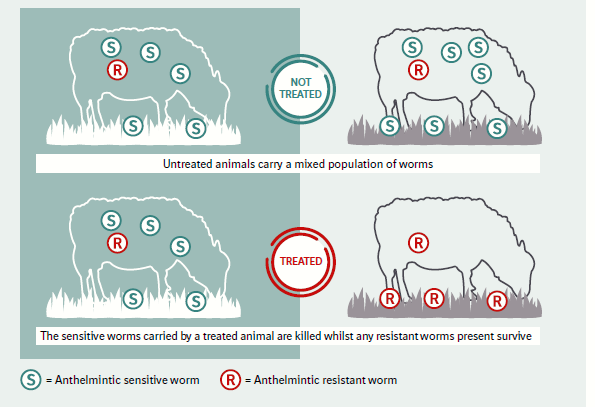
Grazing practices and resistance management are closely linked. To slow the emergence of resistance, it is important to preserve the genetic diversity of the worms present on a farm and ensure the prevalence of resistance genes remains low. Refugia are the worms that are not exposed to an anthelmintic when a treatment takes place. This sub-population consists of both the free-living worm stages present on pasture at the time of any treatment, and also those carried by any animals in the group that are left untreated by an anthelmintic. Maintaining refugia will dilute any resistant worms that have survived treatment, ensuring that their genes do not dominate future worm generations.
��
Dose-and-move
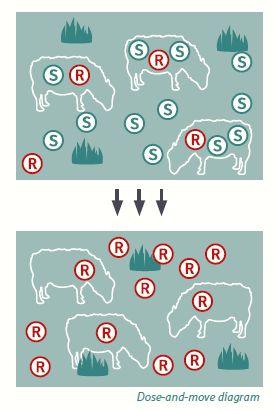
Dose-and-move strategies select heavily for resistance as lambs moved to clean pasture immediately after treatment may carry worm populations that consist only of resistant worms with them (see Dose-and-move diagram). Delaying the move until 4-5 days after treatment allows lambs to become lightly reinfected by susceptible worms ahead of the shift to clean ground. Where a delay after treatment is not possible, leaving 10% of the fittest lambs untreated will help to ensure a mixed population of worms are carried by the group. The use of persistent products containing moxidectin should be avoided before moving animals to low challenge pasture as this will increase selection for resistance.
Fields used for finishing lambs should have a target minimum sward height of 5-6 cm. Grazing pastures lower than this will expose lambs to higher levels of worm larvae. Integration of bioactive forages such as chicory and sanfoin may also help reduce the risk of worm disease.
��
Quarantine
The aim of quarantine is to minimise the disease risks associated with bringing animals on to the farm. This includes the potential introduction of new or anthelmintic resistant parasites. Quarantine measures should be applied to both purchased sheep and those returning from out farms or common land where the resistance status is unknown or different from that of the home farm.
Develop a farm-specific quarantine protocol with your vet or animal health advisor. The objective of treatment is to remove all worms carried by incoming animals. The protocol should include two products from Groups 4-AD, 5-SI, and 2-ML. Consult SCOPS guidance for specific risk-based protocols.3
Following treatment, keep sheep off pasture for 24-48 hours to allow eggs produced by worms before treatment to pass out in the faeces. After this time, turn them on to contaminated pasture. This will allow them to become reinfected with worms that
are representative of the farms own population, minimising the effect of incoming sheep on resistance.
Perform FECs on 10 sheep, 14 days after treatment to assess the effectiveness of the quarantine protocol. If FECs are more than zero, discuss with your vet or animal health advisor.
For more Round Worm Resources
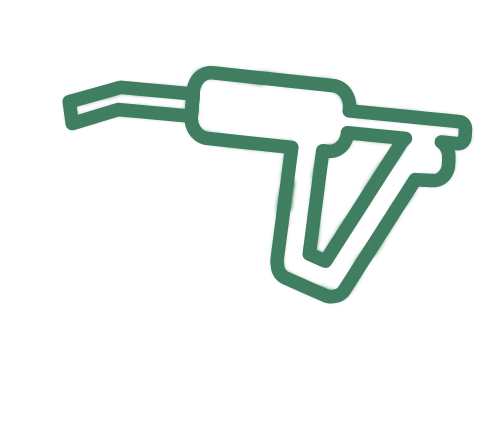
Treatment
Selecting the correct anthelmintic for the parasites being targeted and the resistance status of your farm, and administering this product correctly are key steps in sustainable parasite control.
Broad-spectrum wormers are grouped into five colour-coded classes. There are multiple actives included in some of the groups. Products from these groups are licensed to treat gastrointestinal nematodes, however anthelmintic resistance may reduce their efficacy against specific worm populations.
Resistance is increasing. A study conducted in Wales reported resistance to the white wormers on 94% of farms, while resistance to yellow wormers and clear wormers was found to be 68% and 51% on farms respectively.4 In Ireland, a survey of post-treatment FECs carried out on pooled samples from weaned lambs found that 70% of treatments with white wormers were ineffective. This was the most frequently used anthelmintic group on farms that participated in the study. The results showed that 43% of treatments with a yellow wormer were ineffective, whilst for clear wormers this figure was 31%.5
Regularly testing for anthelmintic resistance is an important part of a parasite control plan, and ensures that the most appropriate wormer is used. A post-treatment efficacy test involves performing a FEC on samples collected from at least 10 randomly selected sheep from a single management group. This should take place 7 days after administration of a yellow wormer and 14 days after administration of worming products from the white, clear, orange or purple groups.
Over-reliance on a single anthelmintic group should be avoided, and products from the newer orange and purple wormers should be integrated into treatment protocols, as a mid to late season dose for weaned lambs. The objective is to utilise these new wormers in a sustainable way to prolong the effectiveness of the other anthelmintic groups.
Correct dosing and administration of anthelmintic products are critical, under-dosing will reduce the efficacy of a treatment and is a driver of resistance. Always use an appropriate, well maintained application device and check it is calibrated to deliver the correct volume of product before commencing treatment. The dose should be calculated based on an accurate assessment of bodyweight of the heaviest animals and never on the average weight of the group. Weigh a representative sample of the heavier animals in the group to determine this. If there is wide variation, divide animals into subgroups based on size. Take care when administering product to ensure that the animal received a full dose.
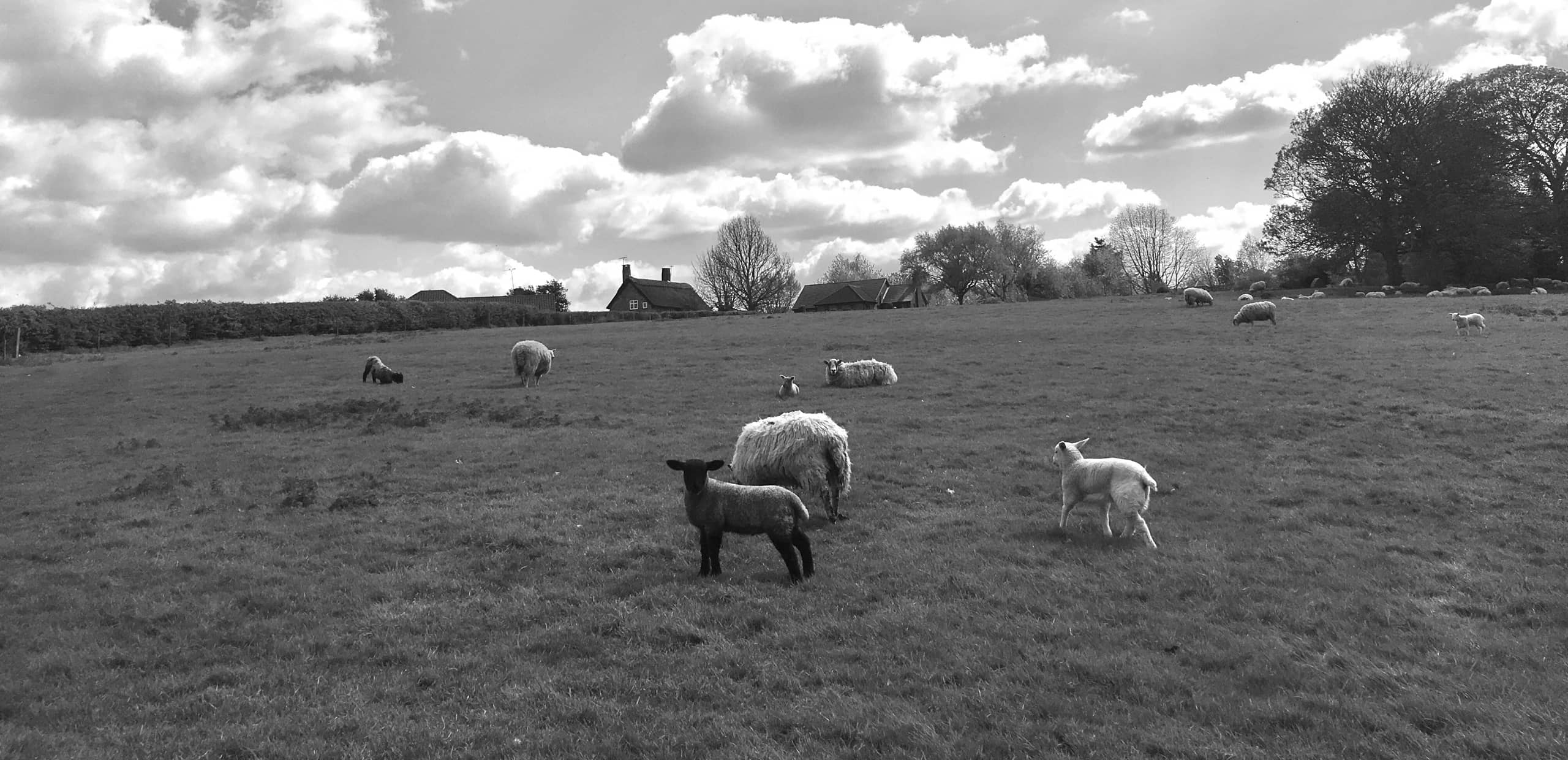
References
��
- McBean et al (2016) Veterinary Parasitology 218: 22-30
- Busin et al (2014) Veterinary Journal 200:248-252
- Hybu Cig Cymru (2015) WAARD Project Final Report
- Keegan et al (2017) Irish Veterinary Journal 70: 7-14






